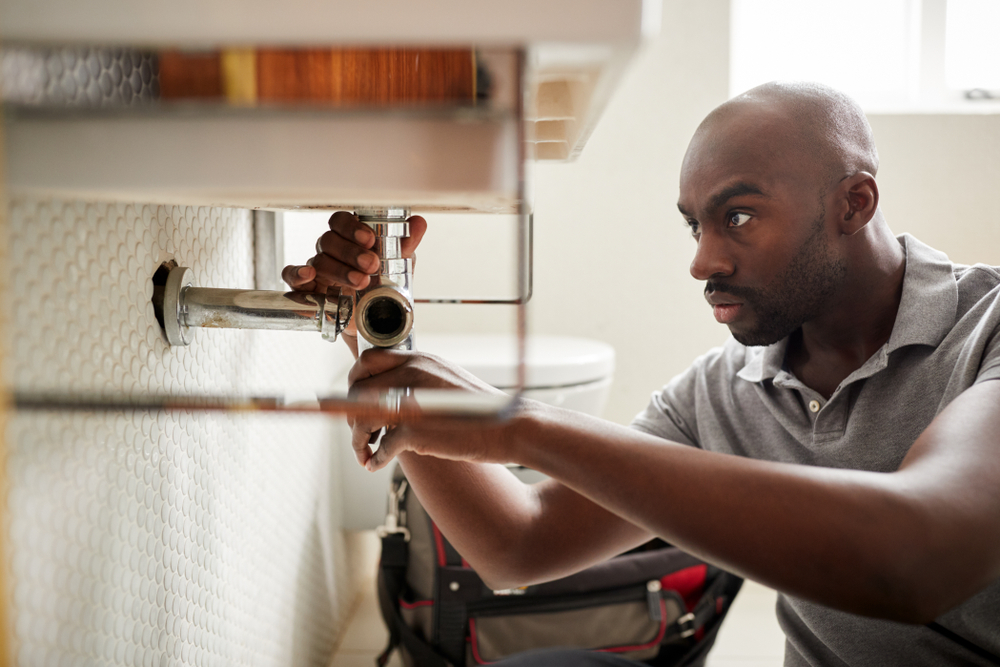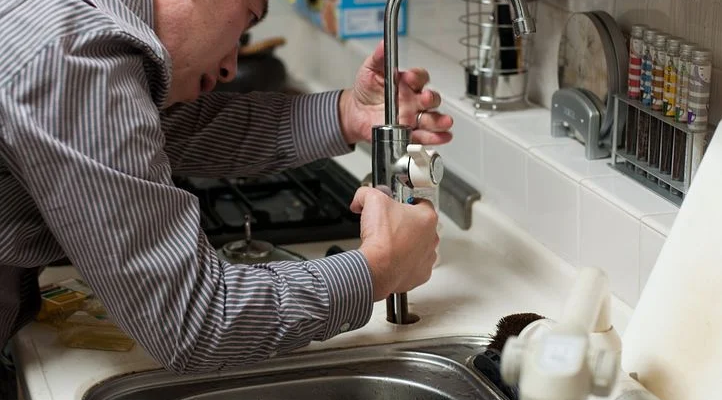This post listed below on the subject of When to DIY and When to Call in the Plumbing Pros is particularly fascinating. Read on and make your own personal final thoughts.

Intro
Plumbing problems can range from small inconveniences to major frustrations, usually triggering homeowners to decide between taking on the trouble themselves or calling in a specialist plumbing professional. Recognizing when to DIY and when to look for professional help can conserve time, money, and protect against possible calamities. This post discovers the aspects to take into consideration when making this essential decision.
Advantages of Do It Yourself Pipes
Taking on plumbing jobs on your own can be satisfying in several means, particularly for easier tasks.
Price Savings
Do it yourself plumbing projects usually save money by preventing professional service charge. Tasks like taking care of small leakages, changing taps, or installing new showerheads are examples where house owners can take care of fixings without working with a plumber.
Skill Improvement
Participating in DIY plumbing supplies a possibility to discover and enhance useful skills. Standard jobs equip property owners to understand their pipes systems much better and gain confidence in taking care of little repairs independently.
Threats of DIY Pipes
While DIY tasks provide benefits, particular dangers ought to be thoroughly taken into consideration before trying repairs.
Intricacy of Tasks
Some plumbing concerns require customized understanding and devices past common home owner capabilities. Messing up intricate problems can cause more damage and expensive repairs.
Safety and security Worries
Collaborating with pipes systems entails risks such as exposure to water damages, potential for electric threats, and managing devices improperly. Safety and security precautions have to be observed to avoid crashes and make sure effective repair services.
Indicators to Call a Professional Plumbing
Recognizing when a pipes problem exceeds do it yourself capabilities is crucial to stop intensifying troubles.
Indications of Facility Issues
Instances include:
Motivate professional intervention is essential to address these issues effectively and reduce damage.
DIY Plumbing Tips
For effective do it yourself pipes, it's important to be prepared with the right tools and adhere to correct procedures.
Basic Tools and Materials
Key devices for do it yourself pipes:
Step-by-Step Guides
Clear guidelines make certain safe and reliable do it yourself repair services:
Selecting the Correct Time to Do It Yourself
Identifying when to take on plumbing tasks on your own calls for examining both the intricacy of the issue and individual convenience degrees.
Assessment List
Take into consideration:
When to Certainly Call an Expert
Particular situations demand immediate skilled attention to avoid extensive damage or safety risks.
Examples consist of:
Searching for and Hiring an Expert Plumbing Technician
Choosing a certified plumbing technician ensures dependable solution and assurance in resolving pipes concerns.
Requirements for Option
Elements to take into consideration:
Price Analysis: do it yourself vs. Specialist Providers
Comparing the financial implications of DIY initiatives versus expert pipes services helps in making informed decisions.
Financial Considerations
Assess:
Conclusion
Making a decision whether to do it yourself or call a professional plumbing technician rests on understanding the complexity of pipes problems and individual abilities. By considering the advantages and dangers, property owners can make informed selections that advertise reliable maintenance and secure their homes from pipes catastrophes.
When to DIY and when to call a professional plumber
There are Australian laws and regulations that regulate plumbing work in Australia. This means that there are few home plumbing tasks that you can DIY. Besides, a lot can go wrong with DIY plumbing projects. However, there are also plumbing works that you can successfully DIY. Read on to know when to DIY and when to call a professional plumber.
You can learn more about the risks of DIY plumbing projects, projects requiring special caution, and illegal DIY plumbing works to avoid. This post concludes with the services of commercial plumbers and why getting expert help is essential.
Reasons to Attempt DIY Plumbing Projects
While it is often not advisable to perform DIY plumbing repairs, several pros of DIY plumbing projects can make them attractive.
Save costs
A significant reason for doing DIY plumbing jobs is to save costs. It is possible to save on labour charges and overall fees if you buy the needed tools and parts from local hardware stores and do the repairs yourself.
Gaining experience
You can gain some hands-on experience in basic plumbing repair if you watch online videos and attempt the repairs yourself.
Confidence boosting
You can boost your confidence and self-reliance skills by performing DIY plumbing repairs and installations yourself.
Risks of DIY Plumbing Projects
If something goes wrong with your DIY plumbing project, you may have unfavourable results that you may consider the cons of DIY plumbing.
For one, your home may get so extensively water-damaged that your home and contents insurance will not cover you. You will also have to spend more money to repair the water or sewage problem than you would otherwise spend for professional plumbing jobs. Besides, you may often spend more time on DIY plumbing work than an experienced plumber would spend. This is because you may not have the needed skill set. There are also related safety hazards and potential threats of DIY plumbing jobs that you may need to consider. Plumbing Issues You Can Fix Yourself
You can attempt DIY plumbing for plumbing issues such as replacing tap washers, installing shower heads or performing minor tap leak repairs. However, it would help if you invited licensed plumbers to fix complex leaking showers, effectively deal with blocked drains, or repair hot water systems. This is the best way to ensure these plumbing issues are correctly fixed, and the project is insured.
Fixing clogged or blocked drains
You may have clogged drains or need help with slow-draining showers. These are tasks that you can resolve yourself using several options. To fix blocked drains, you may use baking soda, plungers, or wire hangers. Meanwhile, you can take the preventive measure of installing filtration systems such as drain filters to help prevent drain clogs.
New faucet installations
It is possible to install a new faucet yourself. You would have to turn off the hot and cold water valves. Then, you can remove and fix the old faucet and replace it with the new one.
Leaky faucet repairs
While leaky faucet repairs are more technical than installations, you can also take some steps to fix them. Turning off water valves is the first step in draining water from plumbing systems. Next, you can use a washcloth to cover the drain and remove the decorative handles.
This will allow enough room to unscrew the nuts that attach the faucet handle to the stem. Your final step is to take out and replace the old washers and O-rings with the new duplicates.
Fixing running toilets
An occasional DIY solution for running toilets is to restore the flapper in the tank to its proper place.
Burst pipes
You may have issues with your exterior plumbing fixtures. It may simply be that your inbound or outbound pipes have worn out, or you may have burst pipes due to flooding or large tree roots.
You may also have frozen pipes. These are all instances when you need to call a professional plumber. They will perform pipe inspections to locate the problem and implement solutions such as pipe relining.
Interior plumbing repairs
It's usually time to call a competent plumber if you want to do plumbing repair work on floors, ceilings, or the walls of your building. They can also help you fix faulty showers and sinks.
Plumbing renovation
Major renovation projects or plumbing jobs such as bathroom remodelling and bathroom renovations require the services of a professional plumber. Likewise, you need a professional plumber to fix your kitchen sink or plumbing. They can help you get the required plumbing permits. At the same time, they know what building codes apply to such renovation projects.

I have been very fascinated with When to DIY and When to Call a Professional Plumber and I really hope you appreciated the blog entry. Sharing is good. Helping others is fun. I recognize the value of your readership.
Book Instantly